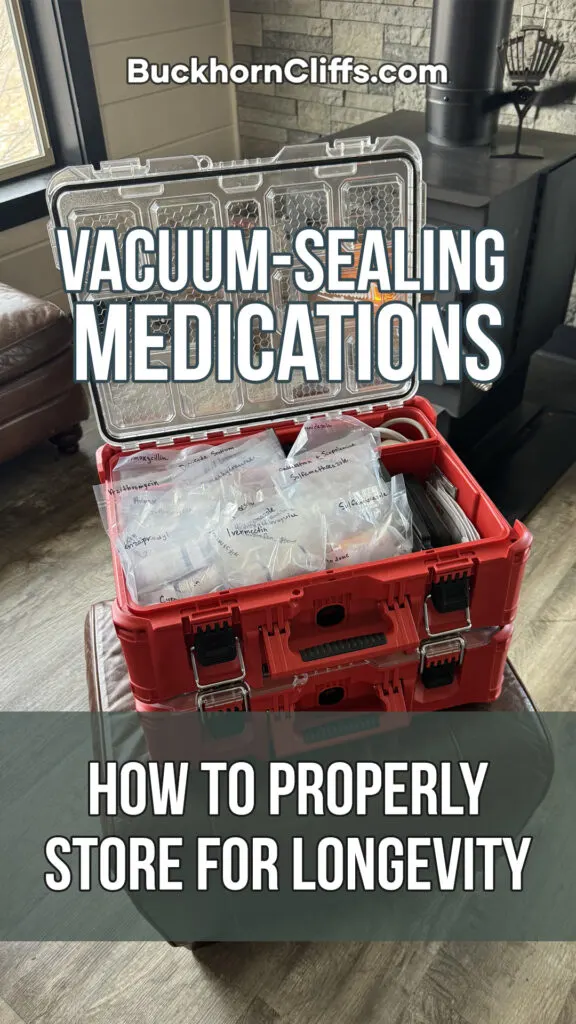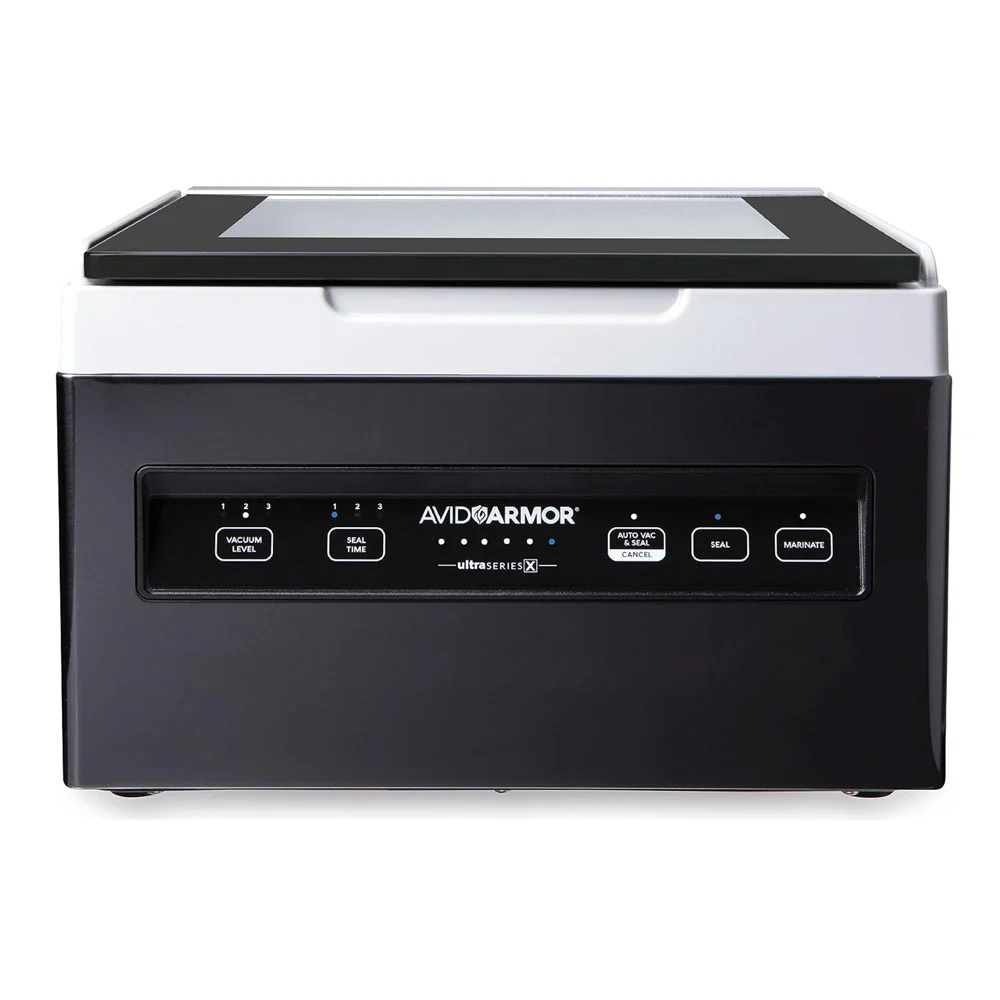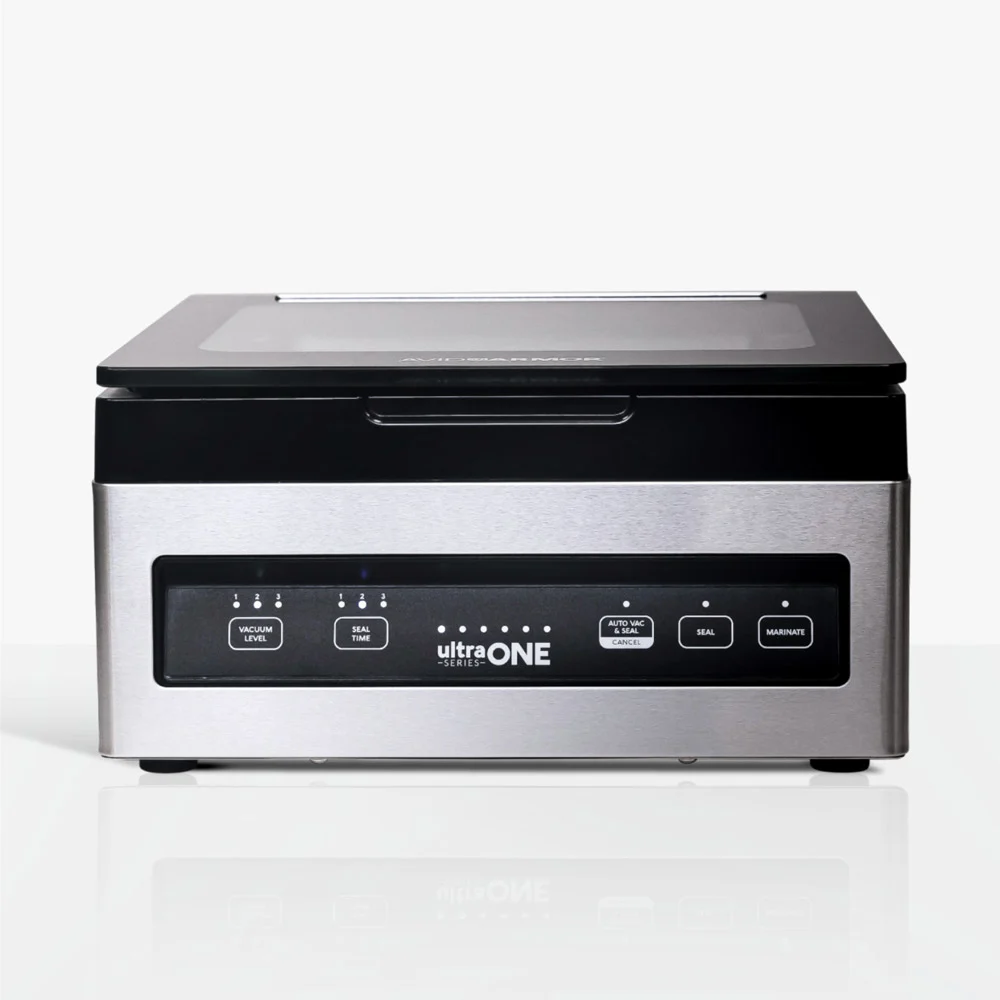When preparing for emergencies or simply ensuring your medications remain effective for as long as possible, proper storage is important. This guide covers vacuum-sealing medications, temperature control, and how to store additional medical supplies to build a reliable and efficient medical kit.
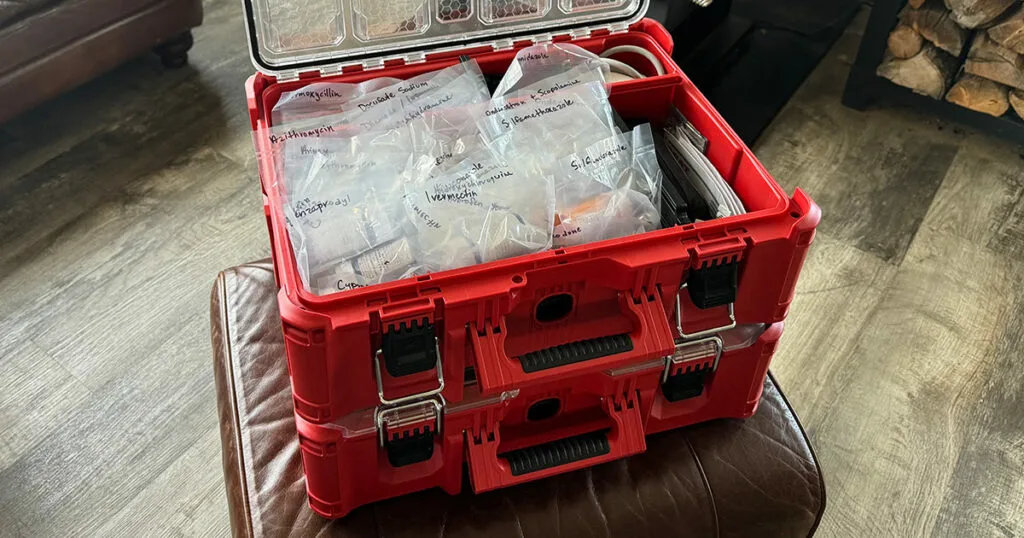
Before we dig in, a common question is:
“how do you get these medications; don’t you need a prescription?”
That’s correct: many of the medications we stock are NOT over the counter (meaning: you need a Rx). You can order current meds and “in-case-of” medications online, I’ve written about that here: Personal Prescription Medication Supplies + coupon code to save $.
This process provides you with the ability to not waste your time and money visiting a gatekeeper and a pharmacy. You can order online and it’s shipped to your door. + you get Rx cards that explain each medication sent and precautions, reasons to use, and dosing.
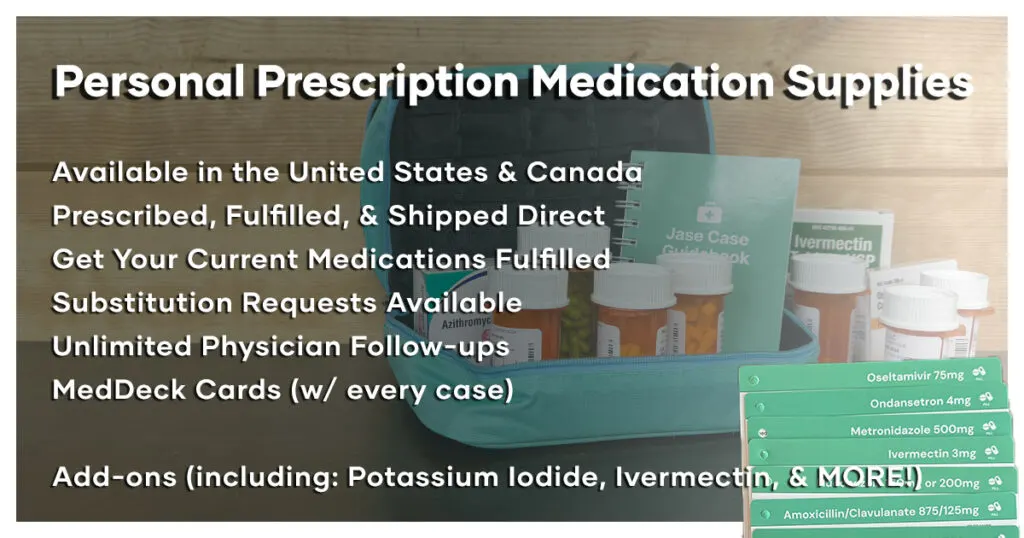
In this post:
- Vacuum-Sealing Medications for Longevity
- How do we vacuum seal these medications?
- Temperature Control: A Critical Factor
- Comprehensive Storage in a Milwaukee Packout Box
- Common Questions About Medication Storage
- How long do medications last past their expiration date?
- Practical Steps for Storing Medications
Vacuum-Sealing Medications for Longevity
Vacuum sealing medications, especially in their original containers, can protect them from environmental factors that degrade their quality.
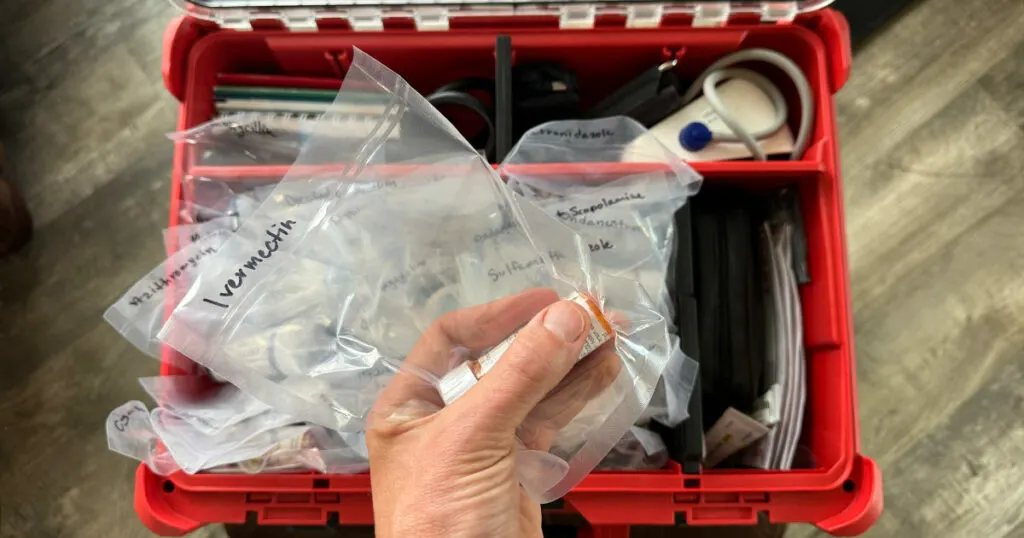
Why Vacuum Seal?
- Protection Against Moisture: Vacuum sealing removes air and reduces humidity exposure, a major factor in medication degradation.
- Barrier to Contaminants: Airtight sealing keeps out dust, pests, and other environmental contaminants.
- Extended Shelf Life: Vacuum-sealing, combined with cool and dark storage conditions, can help maintain the potency of medications.
What to Watch Out For:
- Bottle Compression: Slight compression is fine as long as the pills inside remain intact, and the bottle’s seal isn’t broken.
- Label Visibility: Ensure labels remain readable for proper identification and instructions.
- Additional Measures: Include a desiccant packet in the vacuum-sealed bag for extra moisture control.
How do we vacuum seal these medications?
Vacuum-sealing medications in their original containers can be a straightforward and effective process when done properly. Using a chamber vacuum sealer ensures a secure, airtight seal for long-term storage.
Here’s what we use:
CHECK IT OUT use coupon code: BUCKHORN
Step-by-Step Guide to Vacuum-Sealing Medications
- Gather Your Supplies:
- Chamber vacuum sealer machine
- Heavy-duty vacuum-sealer bags
- Desiccant packets (optional, for extra moisture control if you’re unsure of the moisture content when vacuum sealing – live in a humid climate)
- Prescription medications in their original containers
- Inspect the Medication Containers:
- Ensure the caps are securely tightened.
- Check that the container seals (if present) are intact to avoid moisture or air leaks during sealing.
- Prepare the Vacuum-Sealer Bag:
- Use the appropriate size bag, leaving a few extra inches for sealing.
- If using desiccant packets, place one inside the bag with the medication container for added humidity protection. Note: We did NOT use desiccants.
- Load the Bag into the Chamber:
- Place the medication container inside the vacuum-sealer bag and position it flat within the chamber.
- Ensure the bag’s opening is properly aligned with the sealing bar.
- Set the Machine Parameters:
- Adjust the vacuum pressure settings to prevent excessive compression.
- Use a moderate vacuum level to avoid damaging the pill bottle or its contents.
- Seal the Bag:
- Start the chamber vacuum sealer and let it remove the air and create a strong, airtight seal.
- Double-check the seal for uniformity and strength after the process is complete.
- Label the Sealed Bag:
- Clearly label the outside of the bag with the medication name, dosage, and expiration date for easy identification.
Why Use a Chamber Vacuum Sealer?
- Better Air Removal: Chamber vacuum sealers remove more air compared to external sealers, ensuring a tighter and more secure seal.
- Gentle Compression: These machines allow for fine-tuned settings to prevent over-compression, which could damage the medication containers.
- Professional-Level Seal: Chamber sealers create robust seals that are ideal for long-term storage.
Tips for Optimal Sealing Results:
- Use Transparent Bags: This allows you to view the contents without opening the bag.
- Store in a Cool, Dark Place: Even vacuum-sealed medications require proper temperature control to maintain their potency.
- Group Related Items: For organization, you can vacuum-seal medications in small batches, ensuring each bag has related items or similar expiration dates.
Temperature Control: A Critical Factor
Temperature plays a significant role in preserving the efficacy of medications.
What Does Temperature Control Look Like?
- Ideal Range: Most medications should be stored between 55°F and 77°F (20°C to 25°C). Some can tolerate cooler temperatures but avoid freezing unless specified by the manufacturer.
- Consistent Environment: Store medications in areas with stable temperatures, away from direct sunlight or fluctuating heat sources.
- Emergency Options: If refrigeration is required and power is unreliable, consider investing in a portable battery-powered cooler.
Comprehensive Storage in a Milwaukee Packout Box
For organization and protection, I prefer the Milwaukee Packout box as it’s a durable and practical solution. Here’s what you can store in it:
- Prescription Medications: Vacuum-sealed in their original containers.
- Medical Devices: Pulse oximeter, battery-powered blood pressure device, nebulizer, and stethoscope.
- Instruction Guides: Include printed instructions for all medications and devices.
- Topical Ointments: Store separately in sealed bags to prevent leaks.
- Other Supplies: Extra batteries, a thermometer, alcohol wipes, and spare parts for devices.
Common Questions About Medication Storage
Can vacuum-sealing medication damage the pills?
Vacuum-sealing won’t damage pills as long as they’re stored in their original container. Avoid excessive compression that might crush fragile pills or blister packs.
How can I ensure labels remain readable?
Place the bottle inside a clear vacuum-sealed bag and include a note on the exact name on the outside of the bag at the top (easy to see when you’re sorting through).
What happens if medications get too hot?
Excessive heat can degrade active ingredients, rendering the medication less effective or even harmful. Store in a cool, dark place.
Can topical ointments be vacuum-sealed?
Yes, but ensure they are in leak-proof containers to avoid messes. Use separate bags for ointments to prevent cross-contamination.
How often should I check stored medications?
Inspect your stored medications every 6-12 months for expiration dates, label integrity, and container condition.
How long do medications last past their expiration date?
“What they found from the study is 90% of more than 100 drugs, both prescription and over-the-counter, were perfectly good to use even 15 years after the expiration date.” Here’s some information on medications past their expiration date:
Beyond the Label: The Surprising Shelf Life of Medications

Medications for Survival Situations: What to Stock
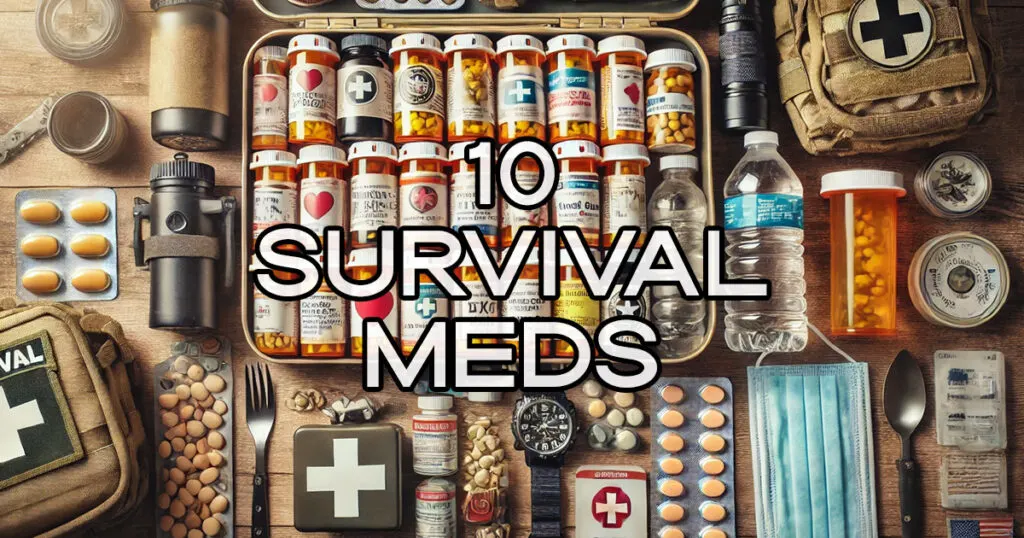
Practical Steps for Storing Medications
- Organize Supplies: Use compartments in your Milwaukee Packout box for easy access and transport.
- Add Moisture Protection: Use desiccant packets or silica gel inside vacuum-sealed bags if you live in a humid climate.
- Check Temperature: Use a thermometer to monitor storage conditions.
- Label Clearly: Ensure all items are properly labeled with expiration dates and usage instructions.
- Include Instructions: Place printed guides for medications and devices.
Properly storing medications and medical supplies is essential for preparedness and emergencies. By vacuum-sealing pills, controlling temperature, and organizing items in a durable storage system, you can ensure your supplies are ready when you need them. A well-thought-out system, such as using a Milwaukee Packout box that’s easy to grab and go, can make all the difference in safeguarding your health in uncertain times.
Pin it:
